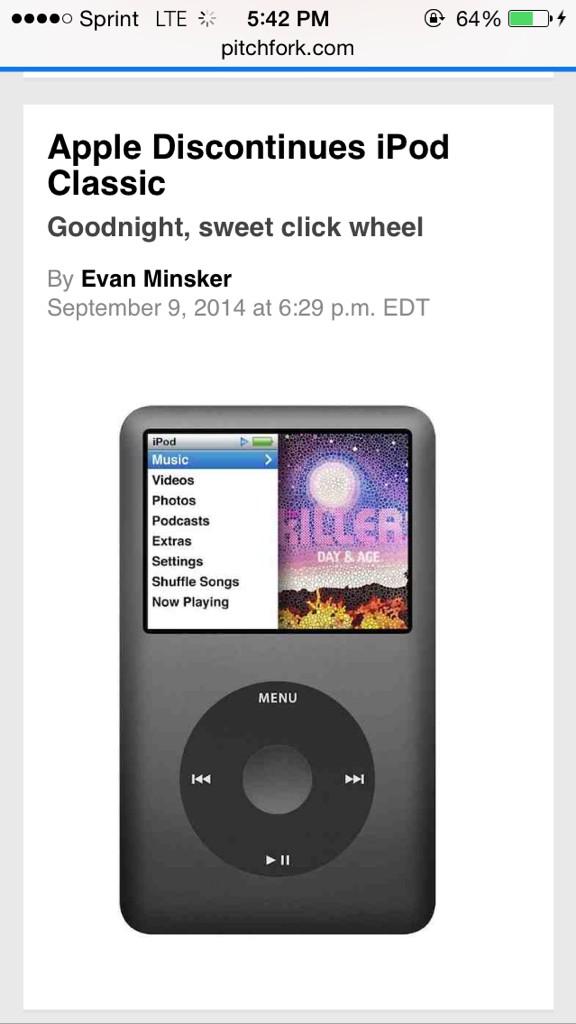iOS 8 has been touted as Apple's biggest overhaul to the operating system since its launch.
However, unlike iOS 7, which had a significantly different look and
feel than its predecessors, many of iOS 8's biggest changes are not
immediately noticeable after downloading the update.
That's because some of the most radical differences— like third-party
keyboards, extensions and other features designed to give third-party
developers more flexibility — are reliant on individual developers to
take advantage of the features and optimize each app for the new tools.
Though developers have only just begun to roll out iOS 8-optimized
updates to the App Store, here's a first look at some of the apps that
are putting the newest version of iOS to good use. But before you go
ahead and download the new software, make sure to back everything up first.
1Password
The “holy grail” of password managers that 1Password maker AgileBits teased earlier this year
has arrived. The app's iOS 8 version touts an extension that allows
users to fill in login credentials directly from Safari as well as some
third-party apps. 1Password also takes advantage of Apple's Touch ID so
users can unlock their password vault with a single tap.
The updated app is completely free with some premium features available for in-app purchase; existing users who paid for the previous version automatically get these when they update.
The updated app is completely free with some premium features available for in-app purchase; existing users who paid for the previous version automatically get these when they update.
Box
Box’s extension allows you to easily share content between the app
and other productivity apps like iWork’s suite of apps. For example,
you can start in the Box app, choose a document, open it in a text
editing app, and make all the changes you wish. The same goes for photos
and other file types and all changes can be synced within Box.
Evernote
Evernote
wasted no time in taking advantage of iOS 8. Its latest app has an
extension that can be enabled in Safari for saving photos, documents and
web pages as notes. It also comes with a widget that allows users to
quickly create notes from within the notification center. Additionally,
premium users can use Apple’s Touch ID on password protected accounts.
One of the original “read it later” apps, Pocket
now has a Safari extension so iOS users no longer have to rely on the
cumbersome bookmarklet to send articles to their accounts. And when
you’re using Pocket itself, you can share what you’re reading to other
apps like Twitter or Evernote with one touch. The app also takes
advantage of iOS’ handoff features so you can easily switch between iOS
devices (and eventually OS X) without losing your place.
Instapaper
Similarly, Instapaper has gotten its own
extension in iOS 8 that allows users to save content to their account s
from within any app. The new app also has a 'Today' extension that
displays a list of everything you’ve saved that day within the
notification center on your device.
Mint
Mint.com’s personal finance app
got an extra layer of security in its iOS 8 update with support for
Apple Touch ID. The app already used 128-bit encryption but users no
whale the additional option of using Touch ID in place of a passcode.
OmniFocus 2
The productivity app that combines to-do lists with daily task management has two new extensions in iOS. OmniFocus 2
now has a widget in the today section of the notification center in iOS
that highlights daily tasks and to-dos as well as a sharing extension
that enables users to share content from the web and other apps with
OmniFocus.
Pinterest
Pinterest
is putting extensions to smart use for the benefit of power-pinners
everywhere. Anyone who has the Pinterest app can enable the extension in
Chrome or Safari by adding Pinterest in the "more" menu. This allows
you to pin anything while browsing, whether it be a photo, article,
recipe or video.
Yahoo Weather
Yahoo Weather just gave us even more reason to
open it every morning. The iOS 8-ready app now includes an animated
widget for the “today” view in iOS' notification center. The main app
features the same animations, which uses images of your location from
Flickr’s photo library as well was weather-specific illustrations like
rain, snow or fog.
LastPass
LastPass
has gotten a major update complete with its own Safari extension and
Touch ID functionality. Third party apps can also integrate the
extension into their own apps for more streamlined logins. The app is
free but certain features, including Touch ID, the Safari extension and
offline access, are only available to the app’s premium users.
Original post: http://mashable.com/2014/09/18/apps-for-ios-8/
Original post: http://mashable.com/2014/09/18/apps-for-ios-8/





/cdn1.vox-cdn.com/uploads/chorus_asset/file/697348/momentlenses6_1020.0.jpg)


